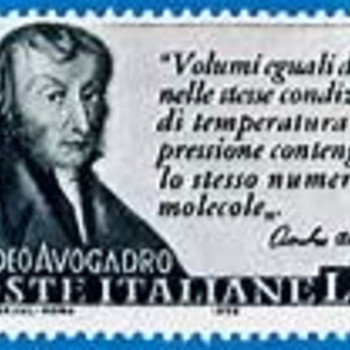Question #dbbcb
3 Answers
Well if you divide the
Explanation:
...you get the mass in grams of ONE formula unit of the molecule in question.....
And we will try it for water, which of course has a molar mass of
And if I were to add the individual atomic masses of
See explanation.
Explanation:
Avogadro's number shows the number of particles (atoms, ions etc.) in a mole of matter, while the molar mass shows the mass of 1 mole of a substance (in kg or g).
If we divide the two numbers we get the number of particles (atoms, ions, etc.) in a mass unit (kg or g) of the substance.
Nothing of much use.
Explanation:
I think you may be getting your mass/particle/mole relationships a little mixed up. If so, I will try to clarify the situation:
1) If you divide mass by molar mass, you get number of moles. Similarly, if you multiply moles by molar mass, you get mass. (Note that the units work out).
2) Once you have number of moles, if you multiply by Avogadro's number, you get the number of particles. And again, if you are given the number of particles, you divide this by Avogadro's number to get the number of moles.
3) There is no direct mathematical relationship between Avogadro's number and molar mass, since different molar masses of atoms and molecules will contain the same number of moles or particles. The only link is via moles - moles are the measure that makes sense to chemists. It seems odd to suggest that, to make one mole, or 18g of water,
I hope this helps.


